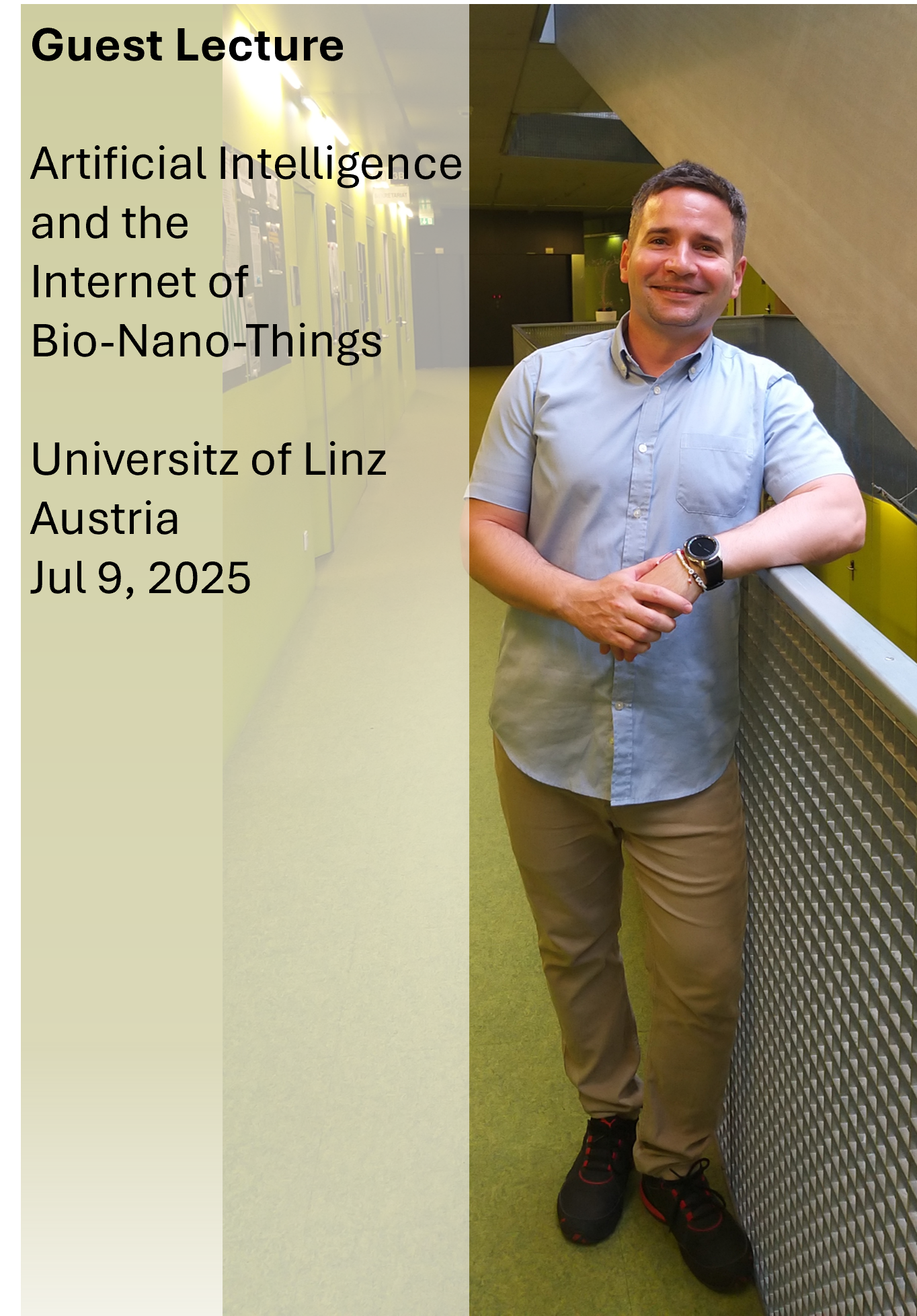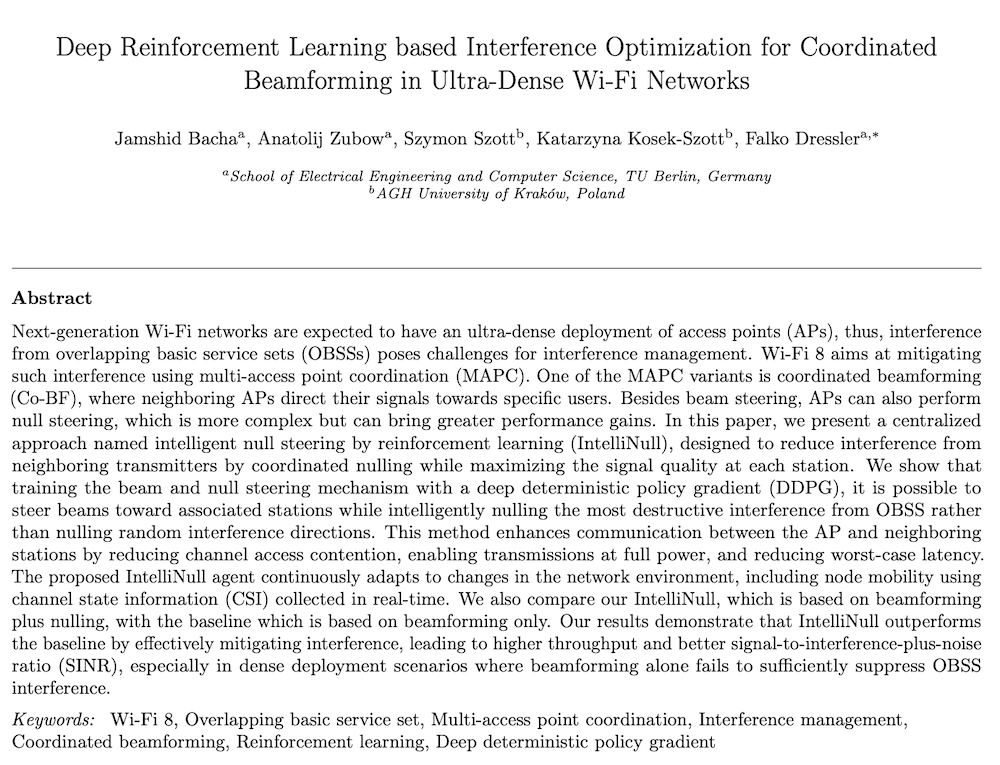Literature Database Entry
torres-gomez2022actively
Jorge Torres Gómez and Lukas Stratmann, "Actively supporting K-12 Education from University Academy Programs," Proceedings of IEEE German Education Conference (GeCon 2022), Berlin, Germany, August 2022.
Abstract
This paper features a model for promoting Science, Technology, Engineering, and Mathematics (STEM) at the K-12 education level by developing teaching platforms together with university students. Usually, technical universities develop simulators and technologies as part of academic plans and research projects with students. For instance, in sessions of a university semester project, students often develop technical solutions useful for later use to promote STEM topics. We document experiences at TU Berlin where bachelor students developed a simulator using a drone for measuring CO2 levels in the atmosphere. The topic was challenging enough to fulfill the research requirements at the university; at the same time, the resulting code provided the material to prepare teaching activities at the K-12 level. Using the publicly accessible code, we also elaborate on lesson plans and activities to apply this specific example at the K-12 level.
Quick access
Original Version ![]() (at publishers web site)
(at publishers web site)
Authors' Version ![]() (PDF on this web site)
(PDF on this web site)
BibTeX ![]()
Contact
Jorge Torres Gómez
Lukas Stratmann
BibTeX reference
@inproceedings{torres-gomez2022actively,
author = {Torres G{\'{o}}mez, Jorge and Stratmann, Lukas},
doi = {10.1109/GeCon55699.2022.9942733},
title = {{Actively supporting K-12 Education from University Academy Programs}},
publisher = {IEEE},
isbn = {978-1-66545-170-3},
address = {Berlin, Germany},
booktitle = {IEEE German Education Conference (GeCon 2022)},
month = {8},
year = {2022},
}
Copyright notice
Links to final or draft versions of papers are presented here to ensure timely dissemination of scholarly and technical work. Copyright and all rights therein are retained by authors or by other copyright holders. All persons copying this information are expected to adhere to the terms and constraints invoked by each author's copyright. In most cases, these works may not be reposted or distributed for commercial purposes without the explicit permission of the copyright holder.
The following applies to all papers listed above that have IEEE copyrights: Personal use of this material is permitted. However, permission to reprint/republish this material for advertising or promotional purposes or for creating new collective works for resale or redistribution to servers or lists, or to reuse any copyrighted component of this work in other works must be obtained from the IEEE.
The following applies to all papers listed above that are in submission to IEEE conference/workshop proceedings or journals: This work has been submitted to the IEEE for possible publication. Copyright may be transferred without notice, after which this version may no longer be accessible.
The following applies to all papers listed above that have ACM copyrights: ACM COPYRIGHT NOTICE. Permission to make digital or hard copies of part or all of this work for personal or classroom use is granted without fee provided that copies are not made or distributed for profit or commercial advantage and that copies bear this notice and the full citation on the first page. Copyrights for components of this work owned by others than ACM must be honored. Abstracting with credit is permitted. To copy otherwise, to republish, to post on servers, or to redistribute to lists, requires prior specific permission and/or a fee. Request permissions from Publications Dept., ACM, Inc., fax +1 (212) 869-0481, or permissions@acm.org.
The following applies to all SpringerLink papers listed above that have Springer Science+Business Media copyrights: The original publication is available at www.springerlink.com.
This page was automatically generated using BibDB and bib2web.







